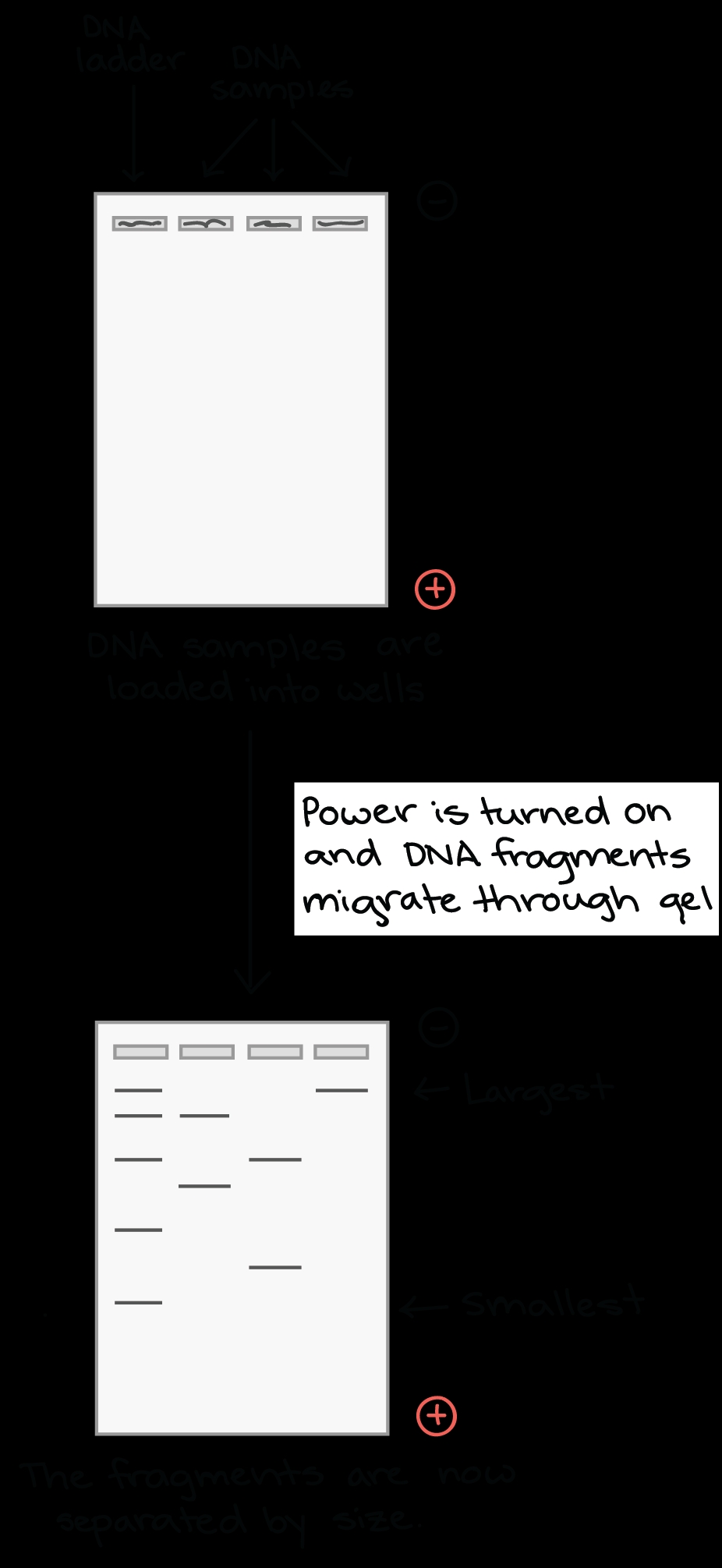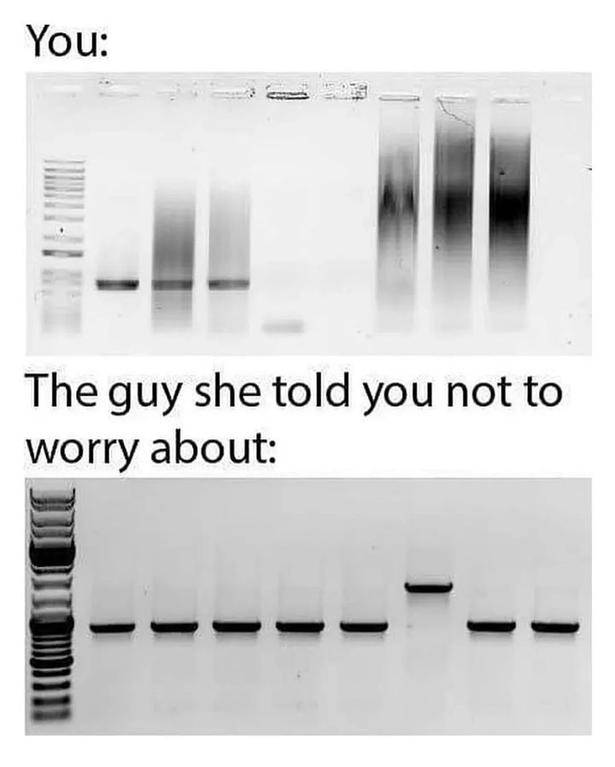What exactly is this? I'm no man of science aha
Science Memes
Welcome to c/science_memes @ Mander.xyz!
A place for majestic STEMLORD peacocking, as well as memes about the realities of working in a lab.

Rules
- Don't throw mud. Behave like an intellectual and remember the human.
- Keep it rooted (on topic).
- No spam.
- Infographics welcome, get schooled.
This is a science community. We use the Dawkins definition of meme.
Research Committee
Other Mander Communities
Science and Research
Biology and Life Sciences
- !abiogenesis@mander.xyz
- !animal-behavior@mander.xyz
- !anthropology@mander.xyz
- !arachnology@mander.xyz
- !balconygardening@slrpnk.net
- !biodiversity@mander.xyz
- !biology@mander.xyz
- !biophysics@mander.xyz
- !botany@mander.xyz
- !ecology@mander.xyz
- !entomology@mander.xyz
- !fermentation@mander.xyz
- !herpetology@mander.xyz
- !houseplants@mander.xyz
- !medicine@mander.xyz
- !microscopy@mander.xyz
- !mycology@mander.xyz
- !nudibranchs@mander.xyz
- !nutrition@mander.xyz
- !palaeoecology@mander.xyz
- !palaeontology@mander.xyz
- !photosynthesis@mander.xyz
- !plantid@mander.xyz
- !plants@mander.xyz
- !reptiles and amphibians@mander.xyz
Physical Sciences
- !astronomy@mander.xyz
- !chemistry@mander.xyz
- !earthscience@mander.xyz
- !geography@mander.xyz
- !geospatial@mander.xyz
- !nuclear@mander.xyz
- !physics@mander.xyz
- !quantum-computing@mander.xyz
- !spectroscopy@mander.xyz
Humanities and Social Sciences
Practical and Applied Sciences
- !exercise-and sports-science@mander.xyz
- !gardening@mander.xyz
- !self sufficiency@mander.xyz
- !soilscience@slrpnk.net
- !terrariums@mander.xyz
- !timelapse@mander.xyz
Memes
Miscellaneous
I think this basically just tests how heavy chromosomes/DNA-strands are. By that you can see how long they are. The many lines on the side are the reference-ladder.

The clear lines in the second pic indicate a very clean sample of similar length DNA, while the smears in the first indicate some form of contamination.
More here
~~I'm fairly certain it's a PCR test, aka how they read DNA (pls correct me if I'm wrong)~~ (See other comments below)
Technically that's gel electrophoresis. It's basically a way to sort molecules, mainly nucleic molecules like DNA and RNA. It's a relatively quick and easy way to measure length of chains. The thing on the left is basically a ruler, each stripe corresponds to a different length chain of DNA. The farther away it is from the top, the smaller it is.
Pcr is polymerase chain reaction, which is how nucleic acids are duplicated in bulk in a lab.
You mainly use it to compare stuff like genes and ribosomal rna. Genes don't change too much between strains, and ribosomal RNA is highly conserved (aka barely changes) between species. Basically you have your ruler, some controls +- and then your test sample/s. If your test band lines up with your control band, it's a match. Or its contaminated.
The smeary lanes on the left indicate something might be wrong with the gel or the voltage.
TIL :) not my field, but I find this stuff interesting
Hey, at least the samples are still in the gel rather than the buffer solution!
